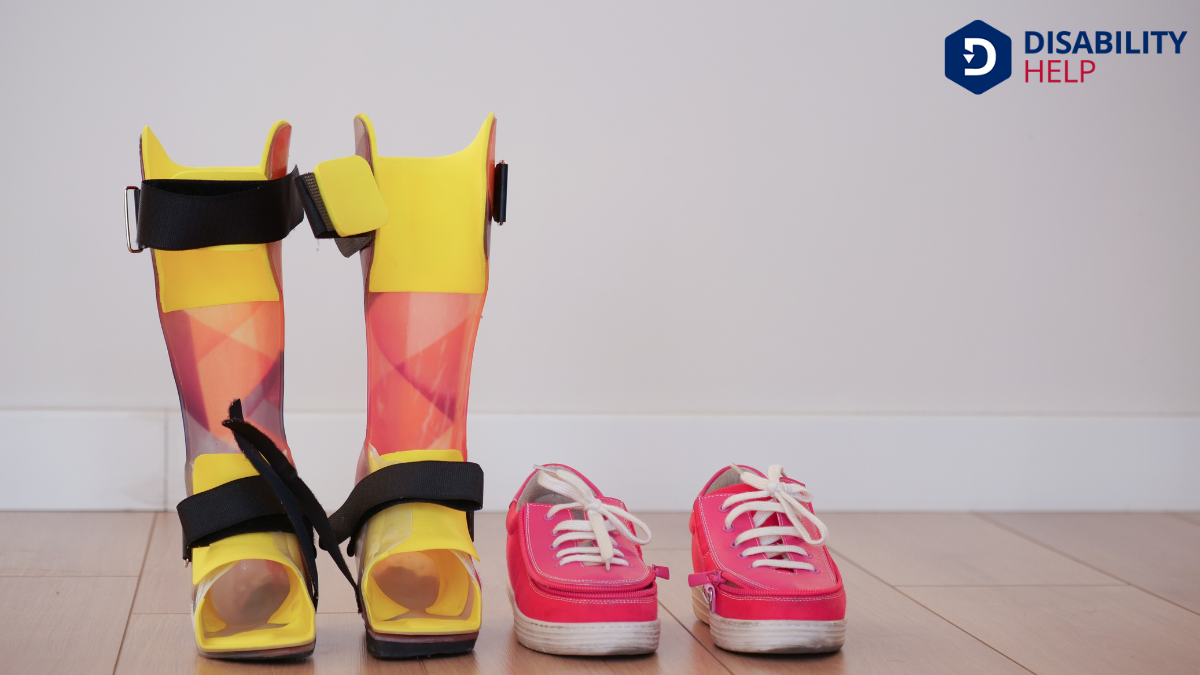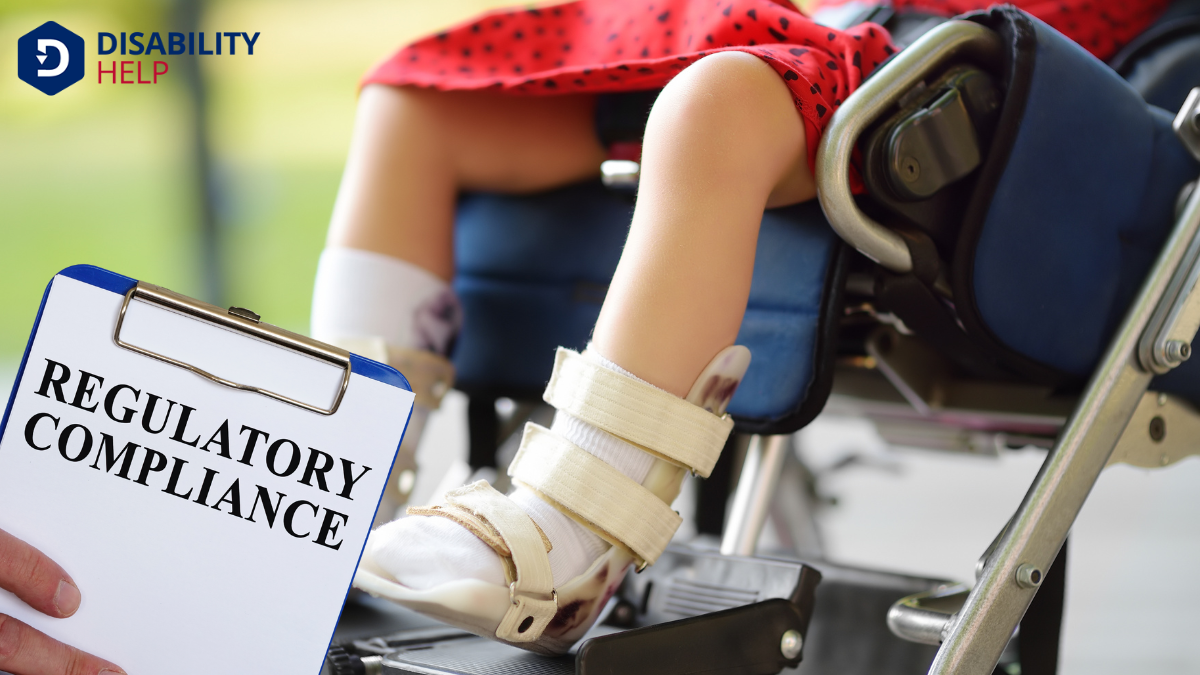Let's explore the fascinating world of mobility solutions. We often hear about personal mobility devices and personal mobility aidsDevices designed to help individuals move around more easily, such as canes, walkers, or wheelchairs..., but what sets them apart? As we navigate this topic, we'll discover how these devices cater to different needs and users. Whether you're commuting across town or seeking support for daily activities, understanding the nuances between these two can help us make informed choices. Ready to unravel the distinctions?
Key Takeaways
- PMDs are designed for recreational transport and convenience, offering speed and independence for eco-friendly travel alternatives.
- PMAs assist individuals with mobility impairments, providing stability, support, and balance in daily activities.
- PMDs cater to commuters and recreational users, while PMAs are for individuals with disabilities or temporary mobility issues.
- PMD regulations focus on speed, weight, and intended use, while PMA regulations emphasize safety and compliance.
- Mobility needs assessment helps determine whether PMDs or PMAs are suitable based on physical capabilities and daily activities.
Defining Personal Mobility Devices (PMDs)
Personal mobility devices (PMDs) are innovative solutions that help individuals move more freely and independently. As we explore these devices, we find they include equipment like e-scooters, hoverboards, and electric skateboards. These devices are typically powered by electric motors, providing a modern twist to traditional transportation.
PMDs offer convenience and efficiency, making them ideal for short-distance travel in urban environments. They’re not just about getting from point A to B; they also represent a shift towards sustainable and flexible commuting options.
We can navigate our busy lives with ease, reducing reliance on cars and public transport, which helps in minimizing congestion and pollution. By embracing PMDs, we’re contributing to a more sustainable future while enjoying the freedom of movement.
Exploring Personal Mobility Aids (PMAs)

When considering mobility aids, we explore devices designed to assist individuals with limited mobility, enhancing their independence in daily activities.
These personal mobility aids (PMAs) include canes, walkers, wheelchairs, and crutches. Each serves a unique purpose, providing stability and support tailored to various mobility challenges.
Canes offer balance and simple support, while walkers provide more stability with four points of contact.
Wheelchairs, both manual and powered, allow users with greater mobility limitations to navigate comfortably.
Crutches support those recovering from injuries, helping to redistribute weight and reduce strain on injured limbs.
Key Functional Differences Between PMDs and PMAs
While exploring mobility solutions, it's vital to distinguish between Personal Mobility Devices (PMDs) and Personal Mobility Aids (PMAs), as they serve different roles in enhancing mobility.
PMDs, such as electric scooters and e-bikes, are designed for recreational or convenient transportation. They offer speed and independence, functioning as a short-distance alternative to cars or public transport.
In contrast, PMAs, like walkers and canes, support individuals with mobility impairments. They provide stability and safety, helping users maintain balance and reduce strain when walking.
We can think of PMDs as enhancing our travel experience, whereas PMAs assist those needing physical support. Understanding these key differences helps us choose the right option based on our specific mobility needs and goals.
Intended Users for PMDs and PMAs
Understanding the key functional differences between PMDs and PMAs naturally leads us to contemplate who might benefit most from each type of device.
Let's explore the intended users for these mobility options. Personal Mobility Devices (PMDs) cater to individuals seeking enhanced mobility for convenience and efficiency in urban environments.
They're ideal for:
- Commuters needing to bridge the "last mile" between public transport and destinations.
- Individuals looking for eco-friendly travel alternatives.
- People who enjoy recreational activities, like electric scooters or skateboards.
- Those seeking quick and agile transport options in busy areas.
Conversely, Personal Mobility Aids (PMAs) serve people with mobility impairments, offering critical support for everyday movement.
PMAs are typically used by individuals with disabilities, seniors needing balance assistance, or anyone with temporary mobility challenges.
These devices guarantee safety and independence in daily life.
Regulatory Guidelines for PMD Use

Let's explore the regulatory guidelines that impact our use of personal mobility devices (PMDs).
We need to understand the criteria that classify these devices, the safety standards that guarantee their safe use, and the local compliance requirements we must adhere to.
Device Classification Criteria
When we're maneuvering the world of personal mobility devices (PMDs), understanding the device classification criteria is crucial.
These guidelines help us identify which devices fit within specific regulatory frameworks, guaranteeing not only compliance but also safety and usability.
Classification typically considers factors like speed, weight, and intended use.
Let's break down some of these criteria:
- Speed Limit: Many regions classify PMDs based on their maximum speed, often setting a limit to guarantee pedestrian safety.
- Weight Restrictions: Devices must comply with weight guidelines to prevent damage to infrastructure like sidewalks and ramps.
- User Capacity: Some classifications consider the number of passengers a device can safely transport.
- Purpose of Use: Whether a device is for recreation or essential mobility can influence its classification.
Usage Safety Standards
As we navigate the landscape of personal mobility devices, it’s vital to adhere to usage safety standards that guarantee both user and public safety.
We must make certain that our devices are equipped with essential safety features—like lights, reflectors, and horns—so we remain visible and alert others to our presence. It’s also important to follow speed limits and use designated paths to prevent accidents.
Additionally, we should maintain our devices regularly, checking for any mechanical issues that could pose risks.
Wearing helmets and protective gear can further reduce the likelihood of injury. By keeping these standards in mind, we not only protect ourselves but also contribute to a safer community.
Let’s make safety our priority and promote responsible usage of personal mobility devices.
Local Compliance Requirements
Understanding local compliance requirements is vital for anyone using personal mobility devices (PMDs) in public spaces.
We need to guarantee our PMDs meet regulatory guidelines to avoid fines or other penalties. Compliance varies greatly across regions, so it’s important to stay informed about local rules.
Here are some key aspects to reflect on:
- Speed Limits: Most areas impose a maximum speed limit for PMDs. Know the limit to prevent violations.
- Design Standards: Devices often have to meet specific design and safety criteria.
- Permitted Areas: Certain zones might restrict PMD usage, such as pedestrian-only paths.
- Licensing and Registration: Some places require PMDs to be registered or users to have a license.
Let’s stay compliant and enjoy our mobility responsibly!
Regulations Governing PMA Usage
Let's explore the regulations that shape our use of personal mobility aids (PMAs).
We need to be aware of legal speed limits, stick to designated usage areas, and guarantee we comply with any age restrictions.
Legal Speed Limits
When it comes to personal mobility aids (PMAs), regulations around legal speed limits are essential for both safety and compliance.
These limits guarantee that PMA users and those around them remain safe. We must understand these regulations to avoid potential fines or accidents.
Various countries set different speed limits for PMAs, but generally, they don't exceed a certain threshold. Here are some common speed guidelines:
- Residential areas: Often restricted to walking speeds.
- Public roads: Typically allow slightly higher speeds, but still capped.
- Parks and pedestrian zones: Usually align with pedestrian foot traffic speeds.
- Special circumstances: Some areas may have specific signage indicating speed adjustments.
Designated Usage Areas
Although personal mobility aids (PMAs) offer significant freedom and independence, they must be used in designated areas to guarantee everyone's safety and compliance with local laws.
We need to familiarize ourselves with these areas to verify we're using our PMAs responsibly. Typically, sidewalks and pedestrian pathways are the primary zones for PMA use, as they provide a safe environment for both users and pedestrians. Busy roads or highways are generally off-limits due to potential hazards.
Parks and recreational areas often have specific guidelines, so checking local signs or regulations is essential. Let's always respect boundaries set by public spaces, like malls or airports, where PMA usage might be restricted or directed to certain lanes.
Age Restrictions Compliance
Understanding age restrictions is essential when using personal mobility aids (PMAs). We need to comply with regulations to guarantee safe and appropriate use.
While PMAs generally cater to individuals with mobility challenges, age limits may apply in certain contexts. These restrictions often aim to protect users and the public.
Let’s consider some key points:
- Minimum Age: Some regions require a minimum age for PMA users to guarantee they’re capable of operating the device safely.
- Supervision: Younger users might need adult supervision, especially in crowded or high-traffic areas.
- Training Requirements: Certain locales might mandate training for younger users to boost their competencyThe legal ability of an individual to understand the nature and consequences of their actions, often....
- Insurance and Liability: Age can impact insurance coverage and liability, with specific policies geared toward different age groups.
Understanding these helps us navigate regulations effectively.
Choosing the Right Mobility Option for Your Needs
How do we determine the best mobility option for our needs?
Let's start by evaluating our physical capabilities and daily activities. Do we need support for walking short distances, or do we require assistance for longer journeys?
Once we comprehend our needs, we can explore the available options. Personal mobility devices, like scooters or electric wheelchairs, offer independence and speed for those who can control them safely.
On the other hand, personal mobility aids, such as canes or walkers, provide stability and support for those who need help with balance.
We should also consider factors like terrain and storage. By evaluating our lifestyle, physical condition, and environment, we can choose the mobility solution that best enhances our daily life.
Conclusion
In conclusion, as we've explored, PMDs and PMAs serve unique roles in enhancing mobility. PMDs offer speed and convenience for eco-conscious commuters, while PMAs provide essential support and stability for those with mobility impairments. Understanding these differences helps us choose the right option for our individual needs. Whether you're seeking independence or assistance, it's important to take into account your personal requirements and the relevant regulations. Let's make informed decisions to enhance our mobility safely and effectively.






